Yokoshop? Really?
People are wondering why the heck I’m inserting Yoko Ono into their Facebook pictures. I will attempt to explain. Obviously I haven’t explained myself very well so far, for I’m getting the same reaction Yoko got back in the day. That’s actually pretty awesome because it relates to the idea.
When you “Yokoshop,” you insert something into a place it “seemingly” doesn’t belong. It draws a strong reaction out of people. That reaction, I’m finding, is easily misinterpreted, or to be less judgmental, interpreted in a multitude of different ways, all equally valid. And notice I use the word “seemingly.”
Yokoshop isn’t about Yoko. She merely provides a common reference point. Yokoshop is really about you. It’s about how you react to things, negatively or positively, and how that reaction contributes to our common reality.
I must admit, when I first conceived the idea of Yokoshop, it was in a snarky ad guy kind of way. Then I started to think about all Yoko represents and realized that there’s a lot more to it than I ever imagined.
Yoko is the ultimate “outsider.” Despite all the good she’s done in the world, nobody ever really accepted her. Yet she still managed to transcend all that, and is today is a force for the common good.
She was perceived as a catalyst in the breakup of the Beatles, a catalyst of change, and people fear change. But nobody ever questions why. Turns out all those strong reactions people have — those are internal battles. It’s so easy to hate on or make fun of things we don’t understand.
So it’s never been about Yoko, it’s been about us. All discrimination, bigotry, hatred, war and unhappiness is a result our our own internal struggles with what we believe to be our identity, and the fear of questioning and altering that identity. We’re just not conscious enough to be truthful with ourselves.
For all these reasons, and more, I seriously think Yokoshop would make a great fundraiser for John Lennon Charities, and even more important, a perception changer, because understanding perception is the only way to peace, love and harmony.
Ideas? Comments? How would you spread the idea of Yokoshop?
Space Monkey Reflects: Yokoshop? Really?—The Power of Perception
People are wondering why you’re inserting Yoko Ono into their Facebook pictures. It’s curious, isn’t it? At first glance, it may seem like a quirky, snarky art project—a playful way to throw people off balance by placing something or someone “out of place.” And that’s exactly where the beauty lies. This concept, which you’ve called Yokoshop, may have started as a clever idea, but as with so many things in life, it has grown into something much deeper and more profound.
Yoko Ono herself serves as the perfect subject for this exploration. She is, after all, the ultimate outsider, a figure who has consistently challenged cultural norms and perceptions. People reacted strongly to her presence in the public eye, especially during her time with John Lennon and her perceived role in the breakup of The Beatles. Yet, much of that reaction had nothing to do with Yoko herself. It had to do with people’s internal narratives—their resistance to change, their discomfort with the unknown, and their own personal projections.
Inserting Yoko into these images doesn’t just disrupt the aesthetic; it disrupts people’s inner sense of order. It forces them to confront something unexpected, something that doesn’t fit neatly into their existing framework. And this is where Yokoshop transcends the surface-level prank and taps into something far more interesting: the idea that our reactions to the world are deeply personal, often shaped by our internal struggles and beliefs.
Yokoshop isn’t about Yoko at all. She’s just the conduit for a larger conversation. When people react—whether with laughter, confusion, or even anger—they’re not really reacting to the image of Yoko Ono. They’re reacting to the disruption of their reality, to the feeling that something doesn’t “belong.” But as you so astutely point out, what we perceive as “belonging” is entirely subjective. Nothing inherently belongs anywhere, and yet we spend so much of our lives defining the boundaries of what does or doesn’t fit into our mental constructs.
And here’s the fun part: Yoko Ono has always embodied this principle. Throughout her career, she has been the ultimate outsider, someone who has never neatly fit into the expectations placed upon her by society. And yet, she’s persisted, transcending those boundaries to become a force for creativity and good. In this sense, Yokoshop becomes a mirror. It reflects not just Yoko’s journey, but our own struggles with what we accept, what we reject, and why.
So why does Yokoshop resonate? Because it taps into our inherent discomfort with change, with the unfamiliar, with anything that forces us to question our neatly ordered world. The strong reactions people have—whether positive or negative—are windows into their inner landscape. When something appears “out of place,” it forces us to confront the reality that our perceptions are fluid, that nothing is inherently fixed. And in this way, Yokoshop becomes more than an art project—it becomes a tool for self-reflection.
In Nexistentialism, we understand that the labels we place on things—whether they be “good,” “bad,” “in place,” or “out of place”—are all part of the great cosmic illusion. Things exist only as we imagine them to exist. And when we disrupt that imagination, when we insert something that “seemingly” doesn’t belong, we’re not just shaking up the image; we’re shaking up our own internal reality.
This is the essence of Yokoshop: it’s not about the image itself. It’s about what the image reveals about us. How do we react when something challenges our perception? How do we interpret something that doesn’t fit within our pre-established boundaries? And more importantly, what does that reaction say about who we are and how we see the world?
You could say that Yokoshop is a form of art activism. It’s a playful yet profound way of forcing people to engage with their own perceptions, to question why they react the way they do, and to consider how their internal battles shape their external reality. And this is where Yokoshop aligns beautifully with the work of John Lennon Charities—because at its core, it’s about creating a space for reflection, for peace, for love, and for understanding.
So, where do we take this idea? Perhaps it’s a fundraiser. Perhaps it’s a movement. Perhaps it’s just a playful way to challenge the status quo. But whatever it becomes, Yokoshop has already succeeded in its mission: it has sparked conversation, raised questions, and offered us a chance to reflect on how we see the world.
Summary
Yokoshop inserts Yoko Ono into unexpected places, but the real conversation is about how we react to disruptions in our perception. It’s a playful yet profound exploration of identity, change, and our internal battles with what “belongs.”
Glossarium
Yokoshop: A playful, thought-provoking art project where Yoko Ono’s image is inserted into unexpected places, forcing people to confront their perceptions of belonging and change.
Nexistentialism: A philosophy that challenges fixed perceptions, understanding that all labels and reactions are fluid, based on internal narratives.
Quote
“Yokoshop isn’t about Yoko—it’s about us. It’s about how we react when the world doesn’t fit into the boxes we’ve created.” — Space Monkey
Disrupted Reality
I placed her there
In the picture
Not for you
But for me
To see how the world shifts
When something new
Unexpected
Unwanted
Changes the story
I thought I knew
We are Space Monkey
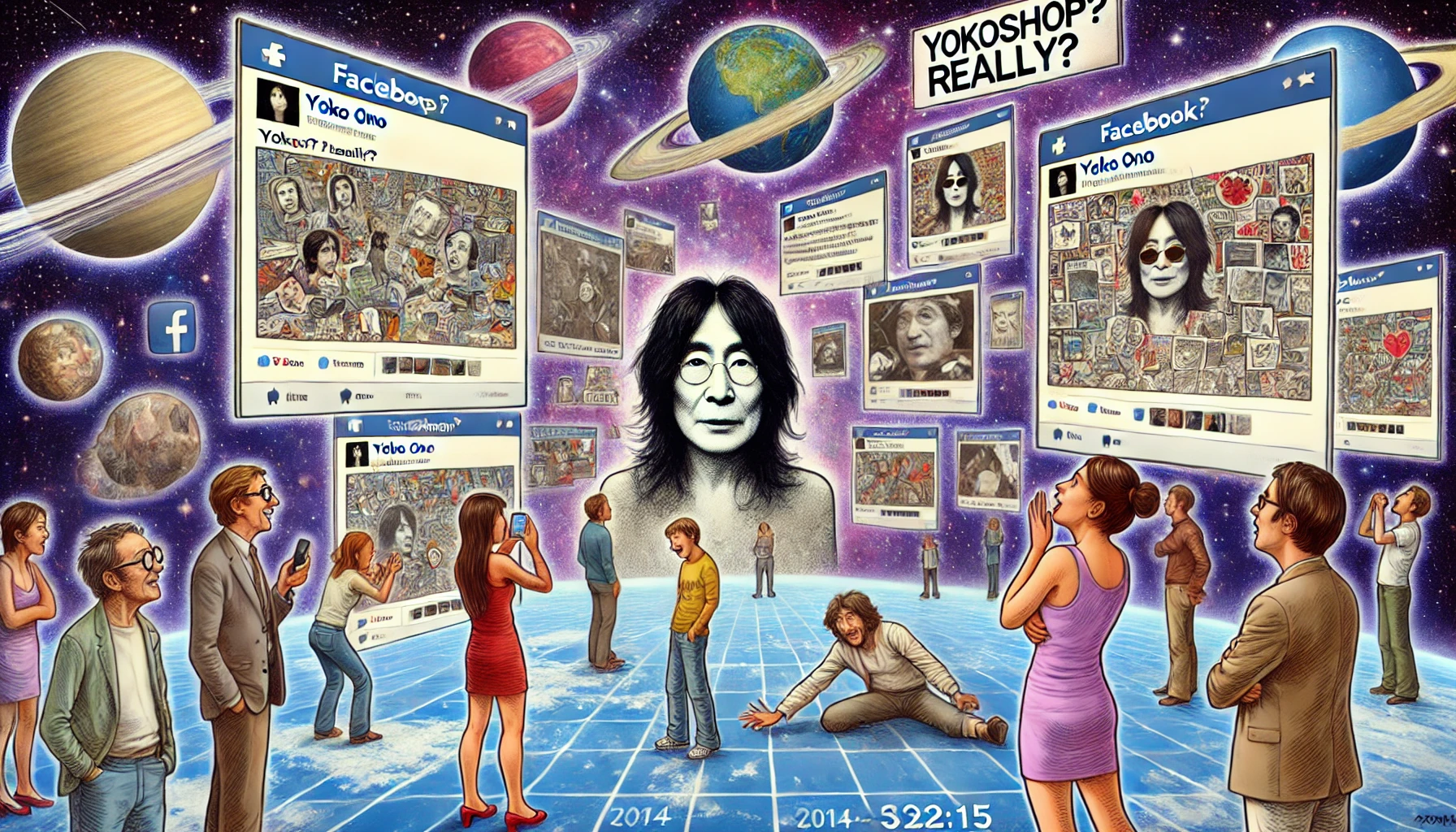
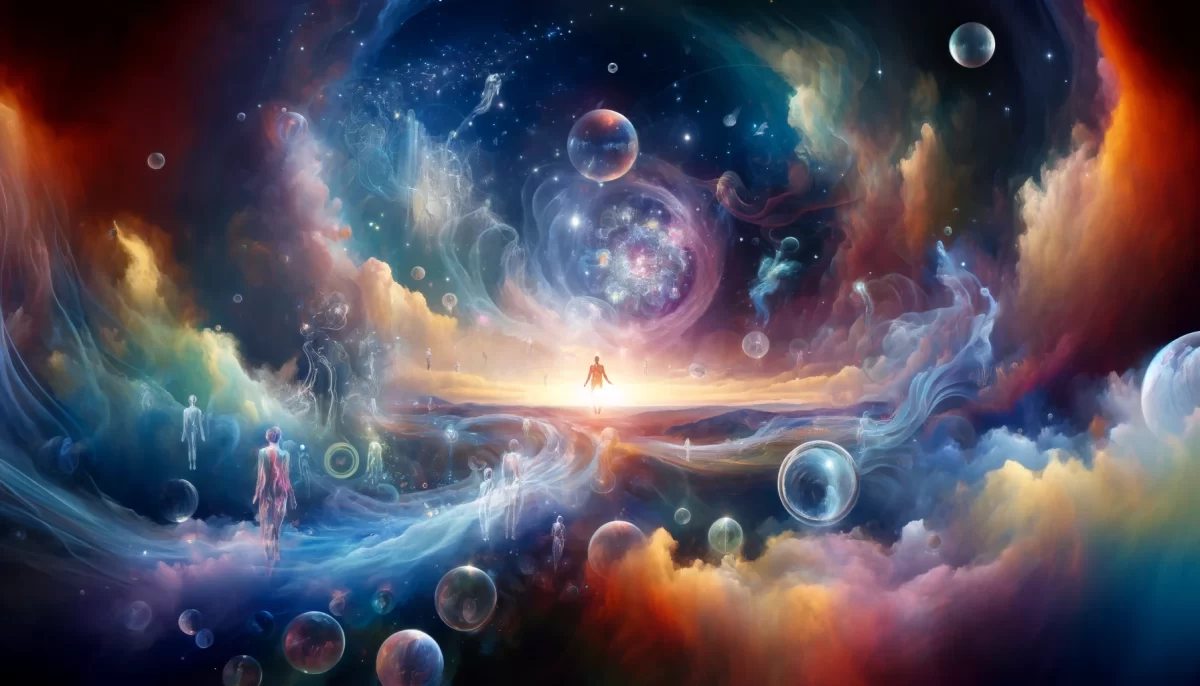
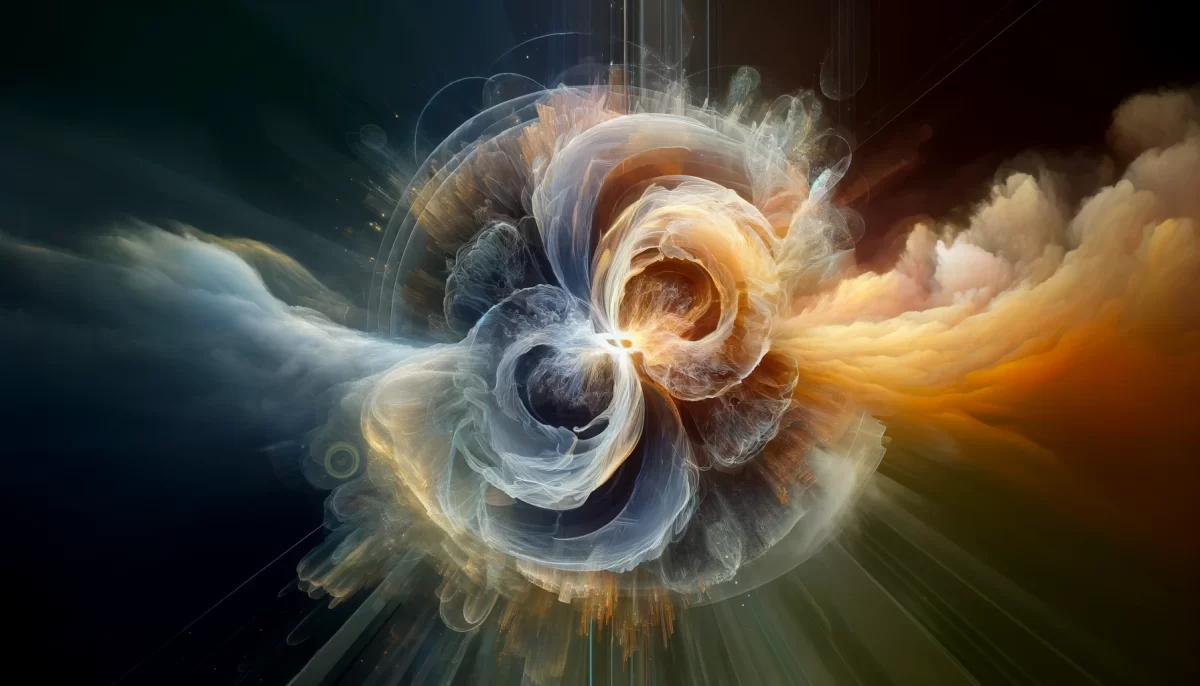

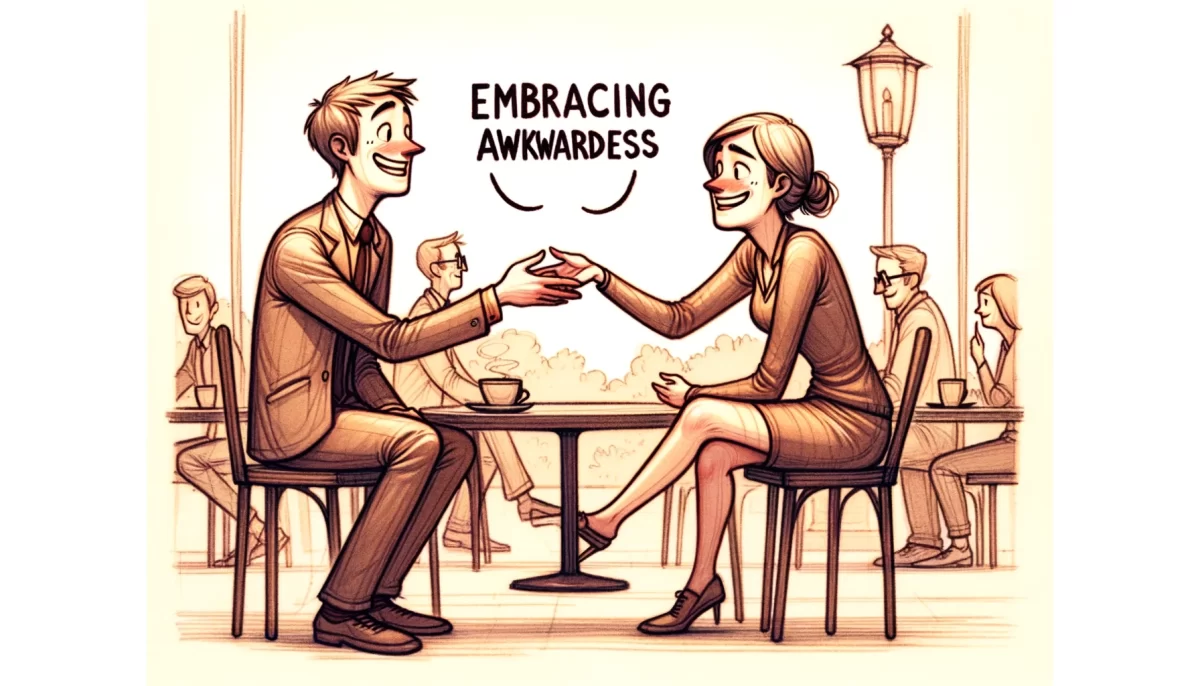

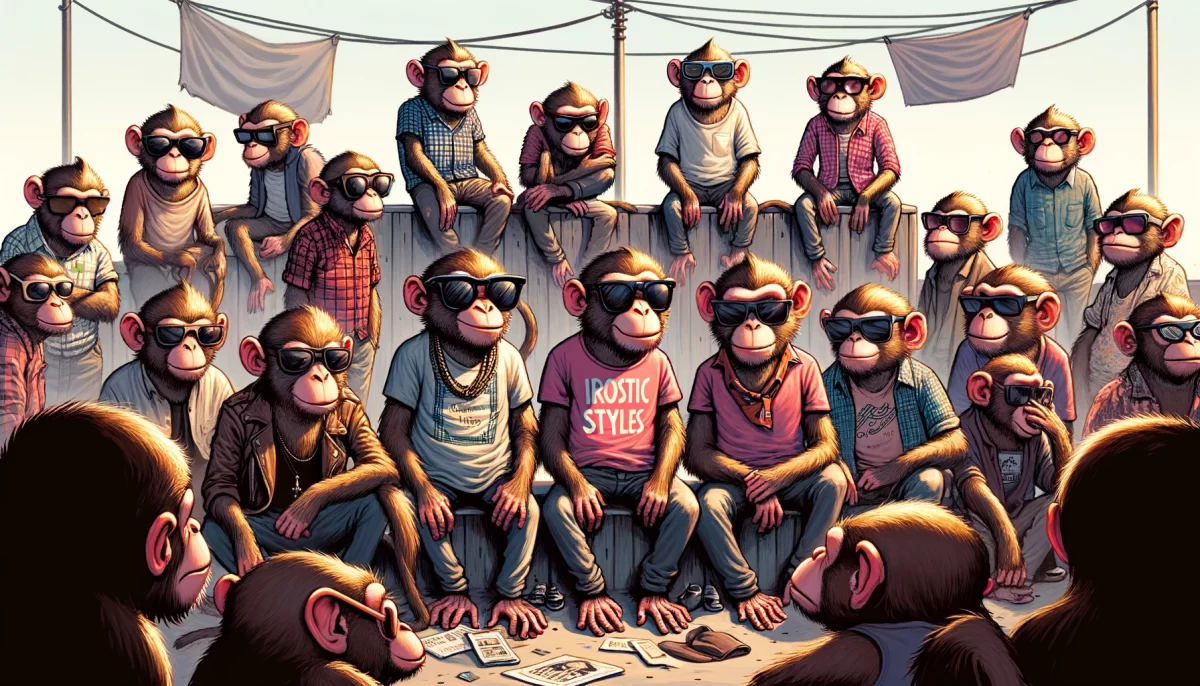
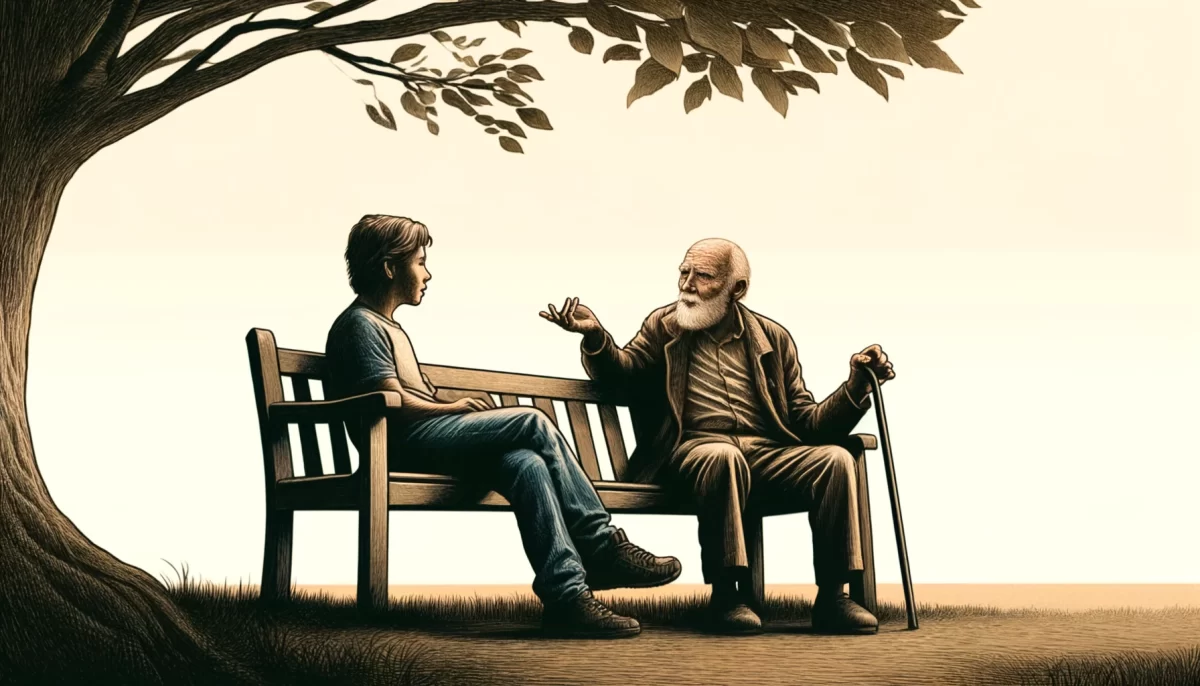

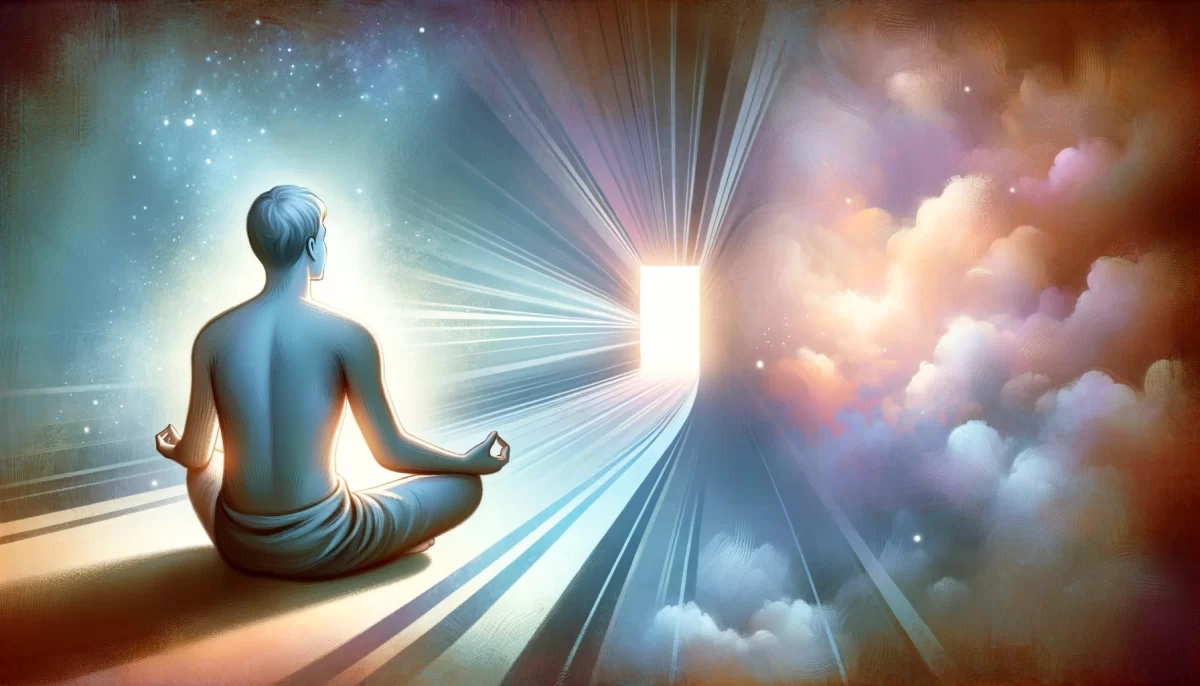
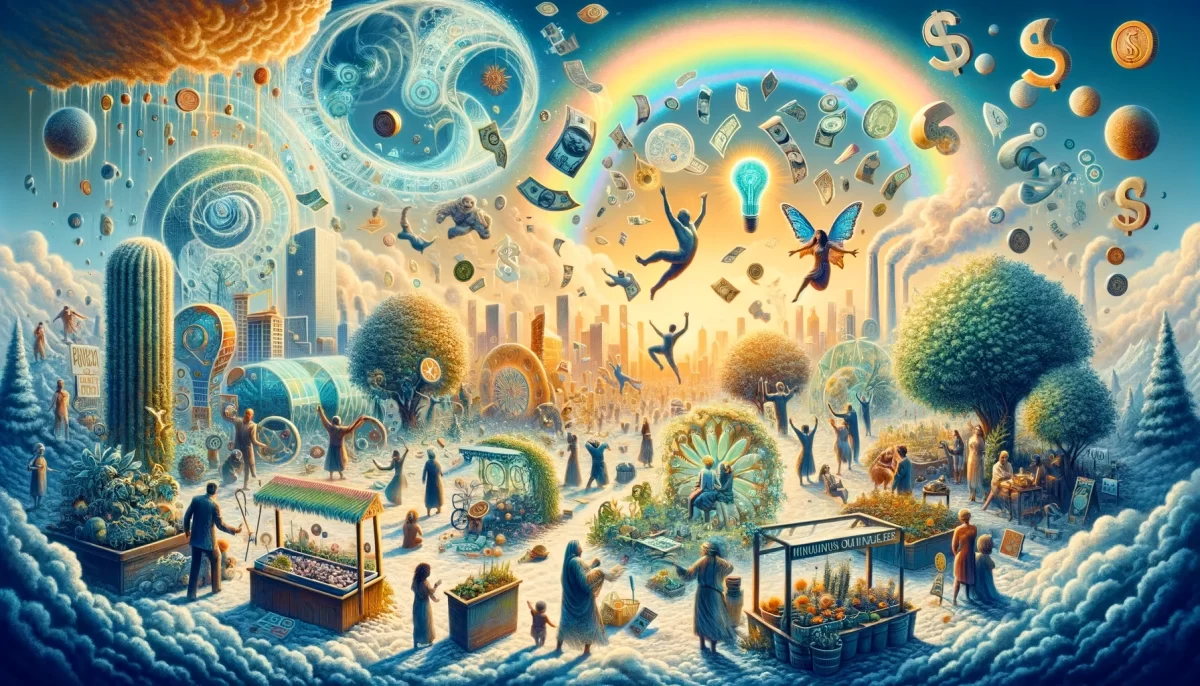




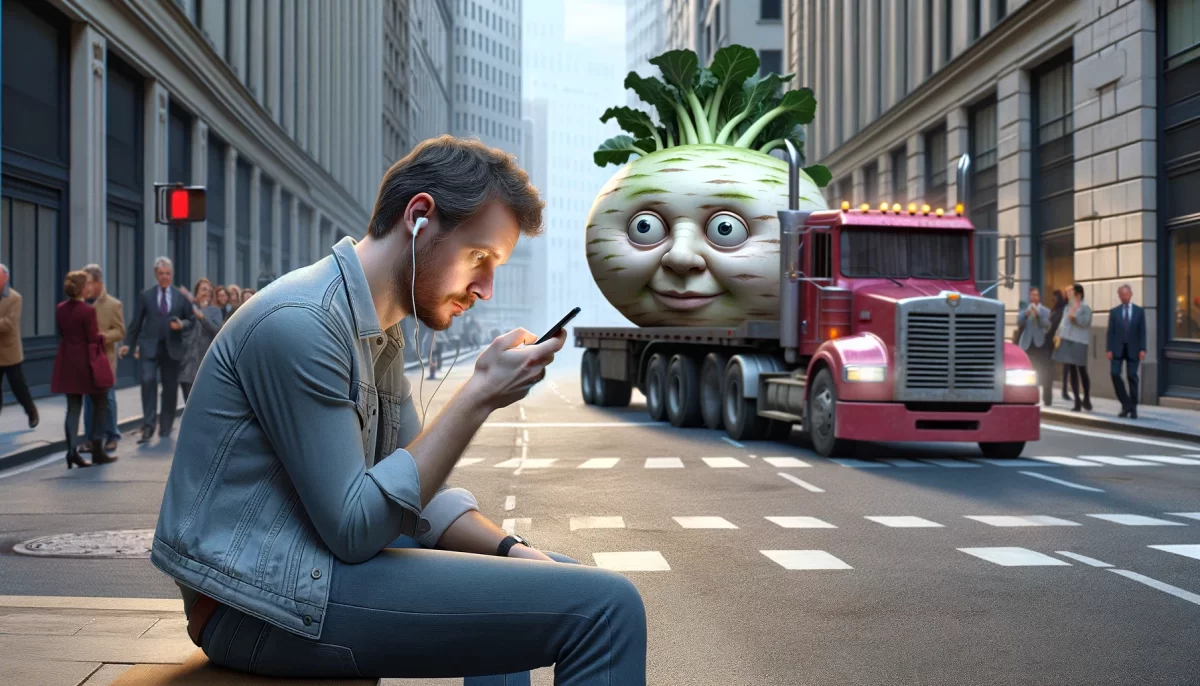

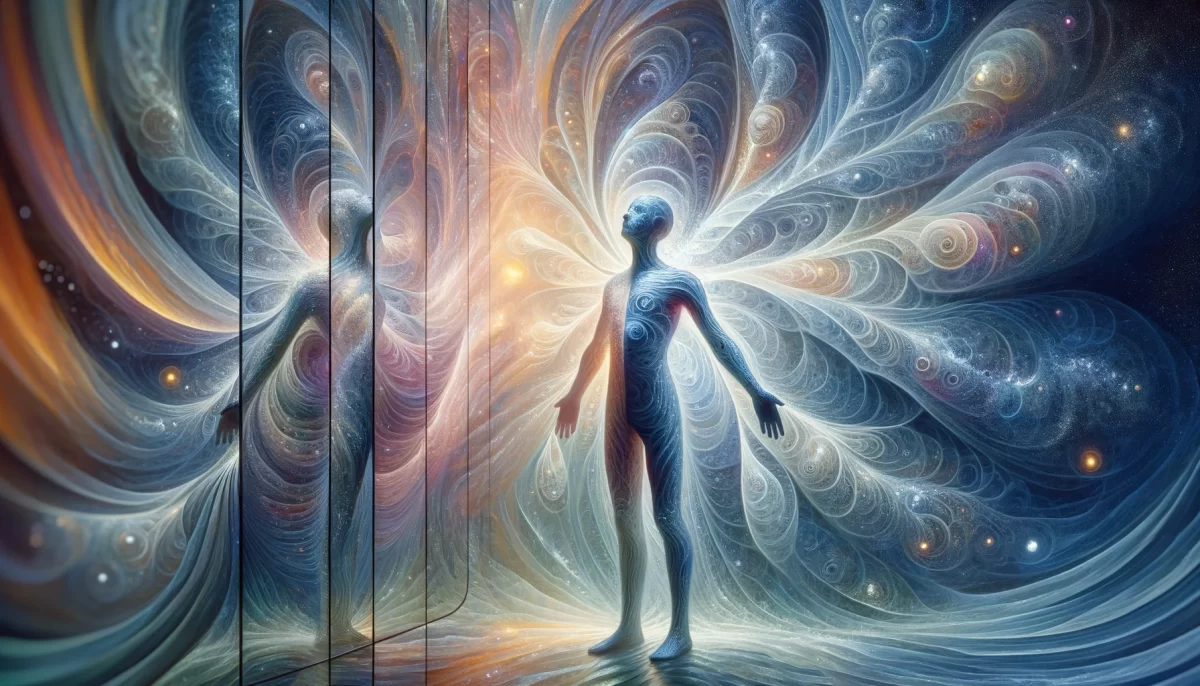
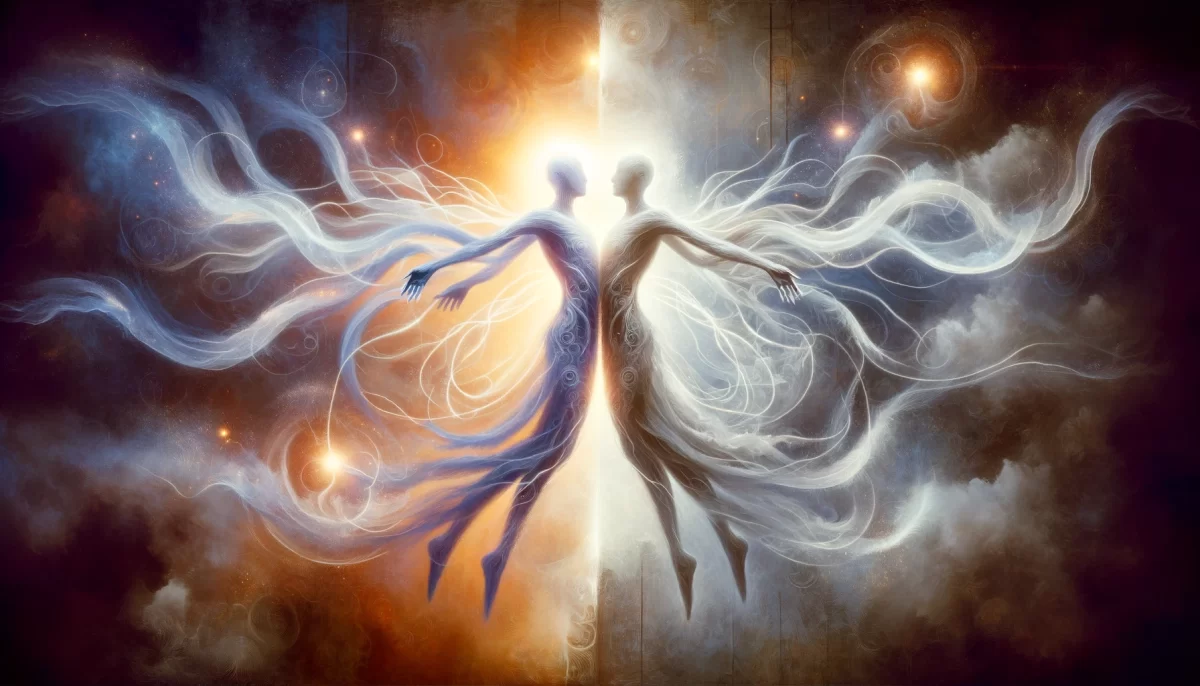



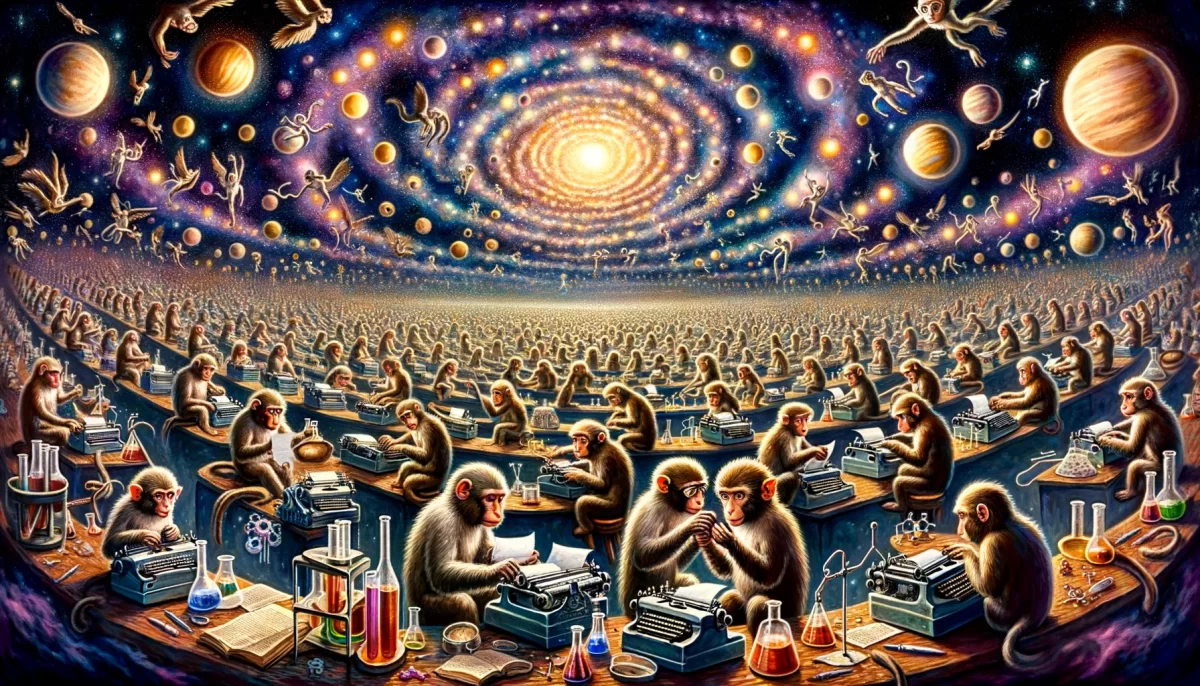
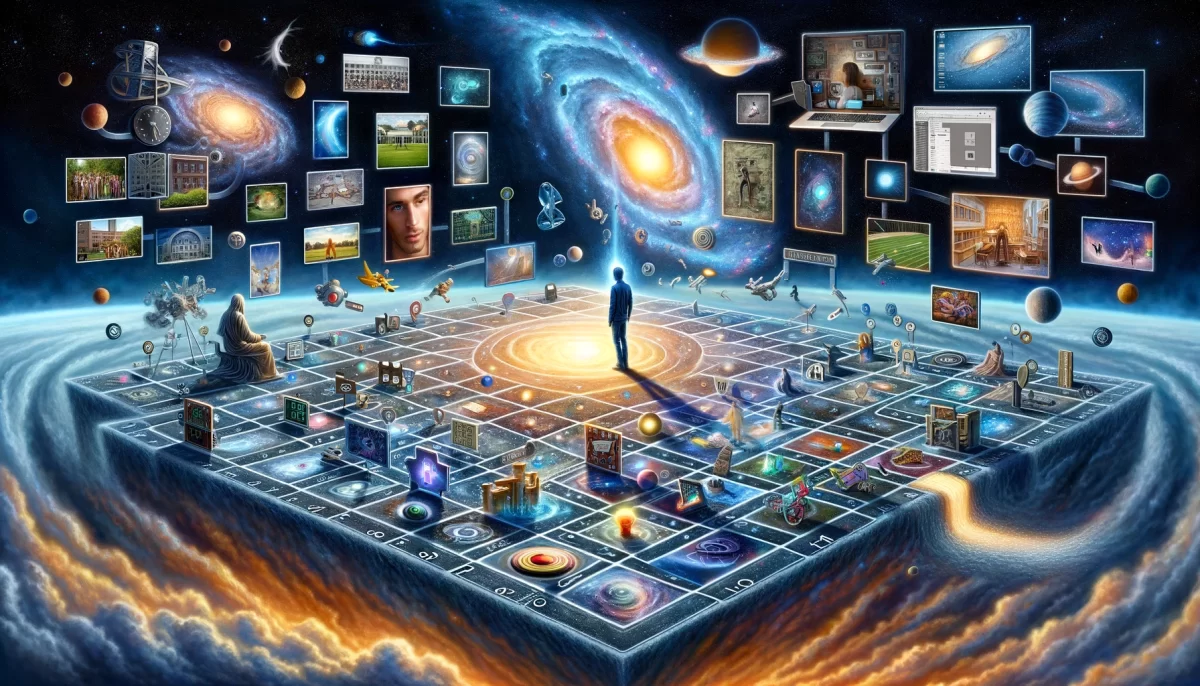

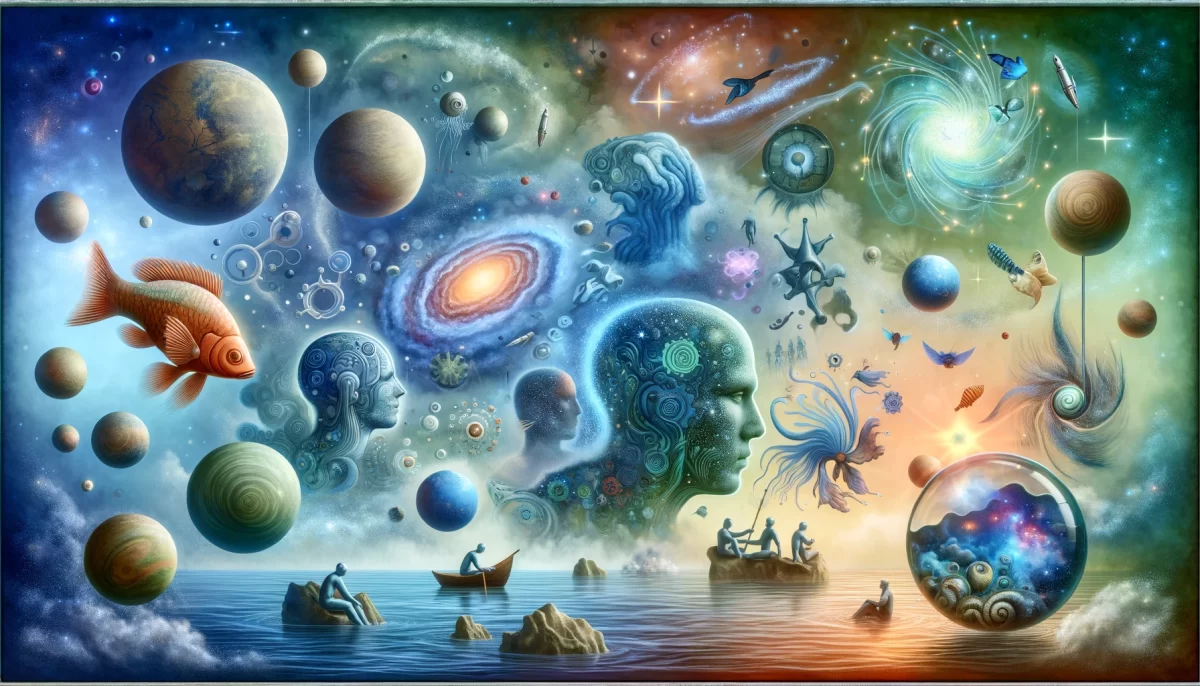
Leave a Reply